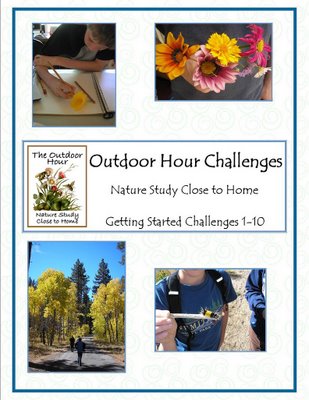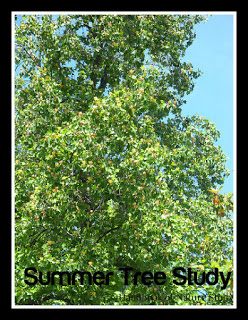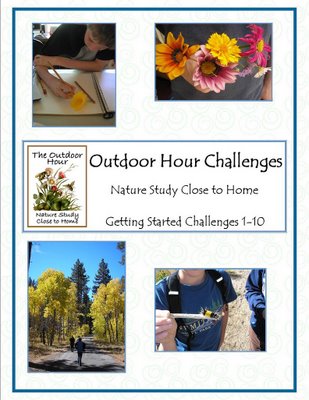Outdoor Hour Challenge
Summer #7 Summer Cattail Observations
Train Your Senses
- Sight: Observe the cattail’s habitat. Look for birds, insects, and animals living or resting in or on the cattails. Look for nests. See if you can find the cattail flowers.
- Smell: Sit or squat near your cattails and close your eyes. Breathe deeply and see if you smell anything.
- Touch: Feel the leaves, edges, and spikes of the cattails.
- Hearing: Take a minute to listen as you stand or sit near your cattails. Can you hear any birds or insects? Water running?
Inside Preparation Work:
Read pages 500-502 in the Handbook of Nature Study if you have not done so before (starting on page 551 if you have the free download version) . It might also be beneficial to read it again this season and highlight the parts that contain information about the leaves of the cattail plant.
Outdoor Hour Time:
Enjoy your outdoor time this week at your cattail spot. If you have been participating in the year-long cattail study since last autumn, you will know just where to look for cattails. Use the suggestions from the Handbook of Nature Study to talk a little about the habitat where your cattails are growing.
- Is your cattail still growing in water or has it dried up?
- What does the “cattail” parts of the plant look like now?
- What color and shape are the leaves?
- Do you see the cattails seeds or balloons?
- Can you pull some of the fuzz from the cattail and observe it more closely?
- How do you think the seeds spread, by wind or water?
- How crowded are the cattails growing together?
Please note: If you do not have any cattails to observe in your area, you may wish to choose another local plant to observe in each season throughout the next year.
Cattail Seasonal Nature Study notebook page
Follow-Up Activity:
Make sure to allow some time after your outdoor hour to discuss any subjects that your child finds interesting. Encourage the completion of a nature journal entry recording your observation of your cattails. You can use the notebook page and coloring page created for the Summer Series ebook, the notebook page from Autumn, a blank page, or any other general notebook page listed on the sidebar of my blog. You may wish to pull out your other cattail entries and compare the year-long changes in your cattails.
If you would like all the Summer Series Challenges in one place, I have an ebook gathered for you to purchase for your convenience. Here is a link to a complete description:
Summer Series of Outdoor Hour Challenges












